 1989 Geo Metro Dimensions, Size & Specs
1989 Geo Metro Dimensions, Size & Specs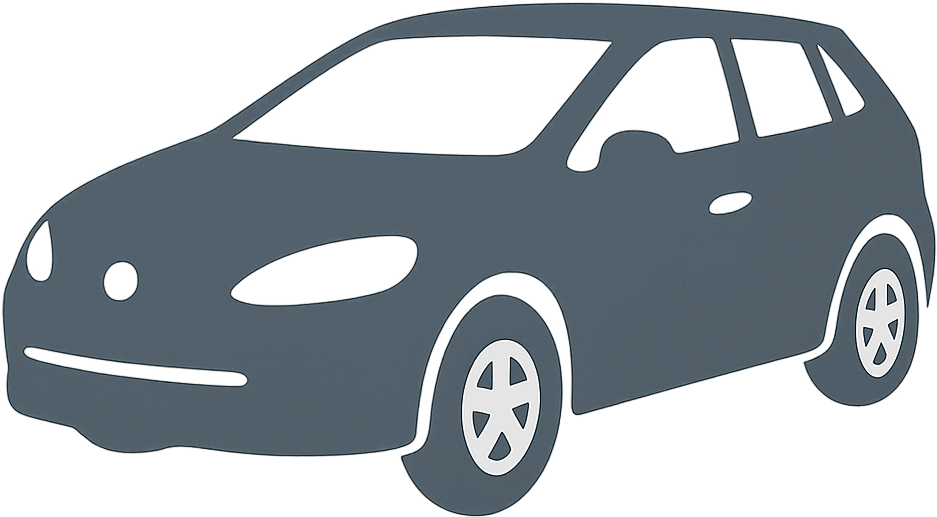
Measurements of the 1989 Geo Metro, engineered for optimal performance and comfort
| Dimensions | |
|---|---|
| Length: | 3745-3795 mm147.4-149.4 in12.3-12.5 ft |
| Width: | 1575 mm62.0 in5.2 ft |
| Height: | 1330-1390 mm52.4-54.7 in4.4-4.6 ft |
| Trunk Capacity (Max): | 159 liter5.6 cu ft |
| Weight Specifications | |
| Curb Weight: | 750-826 kg1653-1821 lbs |
| Tire Specifications | |
| Rims Sizes: |
|
| Tire Sizes: |
|
The Geo Metro, produced from 1989 to 1996, is a compact hatchback known for its small footprint and lightweight design. Its overall length ranges from 3745 mm to 3795 mm (approximately 147.6 to 149.4 inches), making it an ideal choice for urban driving and tight parking spaces. The width of the vehicle is consistent at 1575 mm (about 62 inches), contributing to its narrow profile suited for congested city streets.
Height varies slightly between 1330 mm and 1390 mm (52.4 to 54.7 inches), providing a low and aerodynamic stance. The curb weight of the Geo Metro ranges from 750 kg to 826 kg (1653 to 1821 lbs), reflecting its status as a lightweight vehicle which improves fuel efficiency and handling.
Despite its compact size, the Metro offers a practical rear luggage capacity of 159 liters when the rear seats are folded down, perfect for carrying daily necessities or small cargo. The vehicle is equipped with wheel sizes of 12 and 13 inches, fitted with tire options including 145/80 R12 and 125/80 R13, further emphasizing its small car characteristics.
Overall, the 1989-1996 Geo Metro hatchback is an efficient, easy-to-maneuver subcompact car designed to offer economical transportation with modest space and functional versatility. Its compact dimensions make it a suitable candidate for drivers looking for an affordable city car with respectable cargo space for its category.
Discover the standout features that make the 1989 Geo Metro a leader in its class
Have a question? Please check our knowledgebase first.
The Geo Metro hatchback produced between 1989 and 1996 has a length ranging from 3745 mm to 3795 mm (approximately 147.4 to 149.4 inches). This compact length contributes to its nimble handling and ease of maneuvering in tight urban environments, making it an ideal choice for city driving and parking.
The Geo Metro from 1989 to 1996 has a width of 1575 mm (about 62 inches). This narrow width enhances its ability to navigate through congested traffic and fit into smaller parking spaces, which is advantageous for urban and suburban drivers. Despite its compact width, the car offers adequate interior space for its class.
The height of the Geo Metro ranges between 1330 mm and 1390 mm (52.4 to 54.7 inches). This low height helps improve aerodynamics and stability while driving. The variation in height may be due to different trims or optional equipment on various models during its production run.
The curb weight of the Geo Metro from 1989 to 1996 ranges between 750 kg and 826 kg (1,653 to 1,822 pounds). This relatively low weight contributes to improved fuel efficiency and agility on the road. The lightweight design allowed the Metro to offer economical transportation with modest powertrain outputs, making it a practical choice for budget-conscious buyers.
With the rear seats folded, the Geo Metro hatchback provides a luggage capacity of 159 liters (around 5.6 cubic feet). Although this space is modest compared to larger vehicles, it is sufficient for everyday grocery trips, small luggage, or light cargo, aligning well with its role as a compact city car.
The Geo Metro from 1989 to 1996 came with rim sizes of 12 and 13 inches, paired with tire sizes of 145/80 R12 or 125/80 R13. These small wheels emphasize economy and maneuverability, enhancing the car's smooth ride on city roads while keeping replacement parts affordable and widely available.
Yes, the Geo Metro from 1989 to 1996 fits comfortably into a standard garage. With a length between 3745 mm and 3795 mm (147.4 to 149.4 inches), width of 1575 mm (62 inches), and height between 1330 mm and 1390 mm (52.4 to 54.7 inches), it is compact enough to accommodate the typical residential garage space, which usually measures about 2.4 to 3 meters in width and around 5 to 6 meters in length.
The 1989-1996 Geo Metro is essentially the same generation as its predecessor since it marked the first model introduced under the Geo brand after being a continuation of the Suzuki Cultus. Its size remained consistent, focusing on compact dimensions to deliver an economical hatchback option. The length, width, and height specifications stayed within tight ranges similar to previous models, emphasizing urban-friendly dimensions and lightweight construction.
Compared to other compact hatchbacks from the late 1980s to mid-1990s, the Geo Metro was slightly smaller in length and width. For example, it was more compact than vehicles like the Honda Civic hatchback or Ford Festiva, offering superior maneuverability in urban settings. Its curb weight was also lower, contributing to better fuel economy, although interior space and cargo capacity were a bit more limited relative to competitors.
Discover similar sized cars.
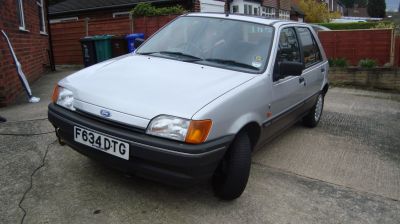
| Production: | 1989-1995 |
|---|---|
| Model Year: | 1989 |
| Length: | 3743-3769 mm147.4-148.4 in |
| Width: | 1610 mm63.4 in |
| Height: | 1370-1379 mm53.9-54.3 in |
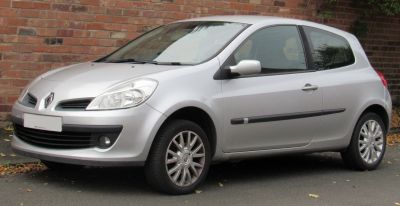
| Production: | 2005-2009 |
|---|---|
| Model Year: | 2005 |
| Length: | 3818-3991 mm150.3-157.1 in |
| Width: | 1639-1768 mm64.5-69.6 in |
| Height: | 1417-1484 mm55.8-58.4 in |

| Production: | 2003-2006 |
|---|---|
| Model Year: | 2003 |
| Length: | 3811 mm150.0 in |
| Width: | 1911 mm75.2 in |
| Height: | 1409-1417 mm55.5-55.8 in |
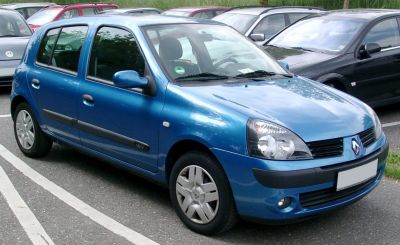
| Production: | 2003-2006 |
|---|---|
| Model Year: | 2003 |
| Length: | 3811 mm150.0 in |
| Width: | 1911 mm75.2 in |
| Height: | 1417 mm55.8 in |
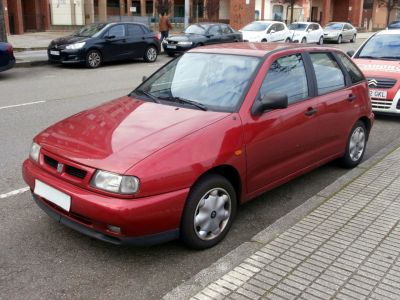
| Production: | 1993-1999 |
|---|---|
| Model Year: | 1993 |
| Length: | 3813-4109 mm150.1-161.8 in |
| Width: | 1640 mm64.6 in |
| Height: | 1408-1422 mm55.4-56.0 in |
